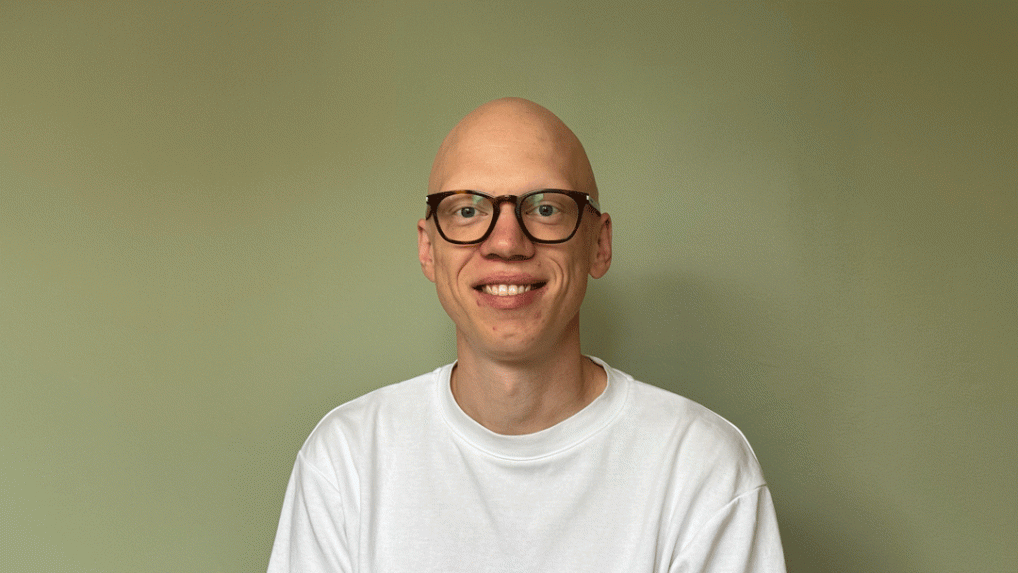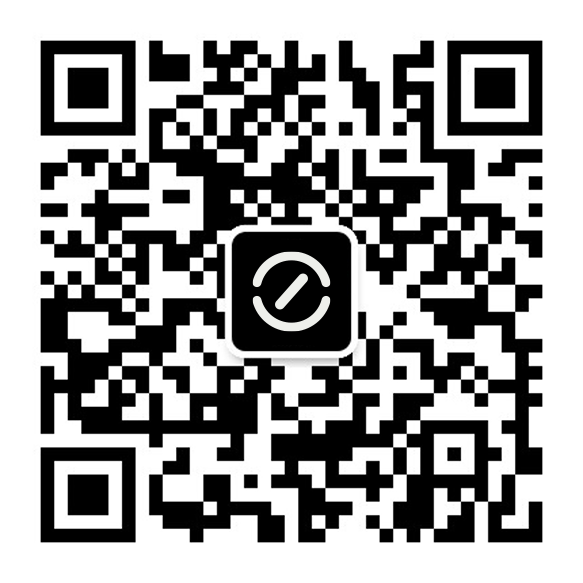“Grab the opportunity when it comes – and enjoy it.”
When PhD student Adam Lilja joined Zenseact, his curiosity and drive quickly stood out. That focus has now led to his next step: a six-month visiting scholar position at Stanford University, where he’ll work with a leading researcher in autonomous driving. We spoke with Adam about how his time at Zenseact prepared him for this opportunity and what he’ll be exploring at Stanford.
4 min read

How have your PhD studies at Zenseact opened the door to this opportunity at Stanford?
Well, working in a diverse and inspiring research group has meant getting exposed to problems outside my own area. I’ve had to learn how to give useful feedback and explain my own work in a way that makes sense to others. Often, when you explain what you do and why, you get a sense of whether you really stand by what you’re saying. Do I actually have enough evidence to say this? Are the assumptions I’m making reasonable?
My work here has also led to publishing papers and attending top conferences, which is where I first met the Stanford professor I’ll be visiting. And of course, the WASP funding made this visit possible.
What parts of your research continue at Stanford?
So far, I’ve focused on perception, basically, understanding the environment, from road geometry to vehicles and pedestrians. I’ve learned that you don’t need perfect accuracy for every detail; what really matters is whether it helps make safe driving decisions.
At Stanford, I want to take this further by connecting perception directly to planning. I’ll be focusing on learning representations of the environment that aren’t just descriptive, but also useful for making safe and efficient decisions. The lab’s strength in planning and control fits well with what I want to do, and my experience with real-world driving challenges gives me a solid foundation to build on.
What excites you most?
I’m excited about working with talented people – from the professor to my postdoc mentor – and learning through both structured guidance and informal conversations. I’m also looking forward to exploring the Bay Area’s impressive research community and going to guest lectures and seminars that can broaden my perspective. Overall, it’s a great chance to move my research forward while growing personally.
Why this particular academic environment?
The Autonomous Systems Lab over there really complements my work. I’ve been focused on perception, and they have deep expertise in planning and control. The professor’s broad knowledge of autonomous driving gives us a solid common ground, which is especially valuable for making the most of a six-month visit. Together, we can work on bridging the gap between understanding the scene and acting safely.
Specific areas of focus?
I’ll focus on two connected areas: semantic scene understanding and planning. On the perception side, I’m interested in open-vocabulary methods that let a vehicle handle a wider range of objects and situations. On the planning side, the goal is to turn this understanding into safe, efficient decisions in uncertain, open-world settings.
Together, the aim is models that not only interpret the scene but also act effectively within it. In short, we want a general grasp of the scene – without knowing every object in advance – and a way to use that knowledge to plan the next step.
How will this trip influence your research career?
Like I said, this visit is a chance to broaden my focus from perception to the full decision-making stack and to experiment in a more open, exploratory academic environment. It’ll help me grow as a researcher who can connect academic ideas with real-world deployment. I also hope to bring back insights that can make a practical impact at Zenseact and shape how we think about autonomous systems.
What to bring back?
I want to grow both as a researcher and as a person. I’m hoping to learn how the lab organizes work, chooses problems, and tests ideas efficiently. Working with new people will also give me fresh perspectives and approaches that I can bring back to our projects at Zenseact. Ultimately, I want to come home with practical strategies and new ways of thinking about complex problems.
Advice for other Ph.D. students?
Focus on what genuinely interests you, collaborate across areas, and don’t be afraid to ask for help or opportunities. Make the most of the resources around you – funding, clusters, data, expertise. Curiosity and initiative go a long way, and you never know where they might lead. Visit conferences and go to poster sessions with an open mind. In short: grab the chance when it shows up – and enjoy it.
